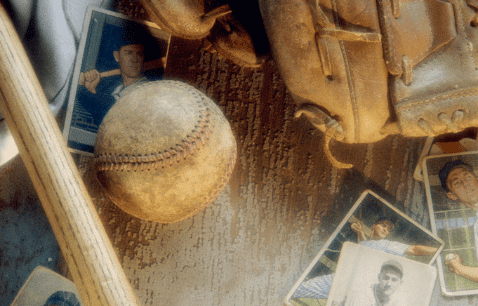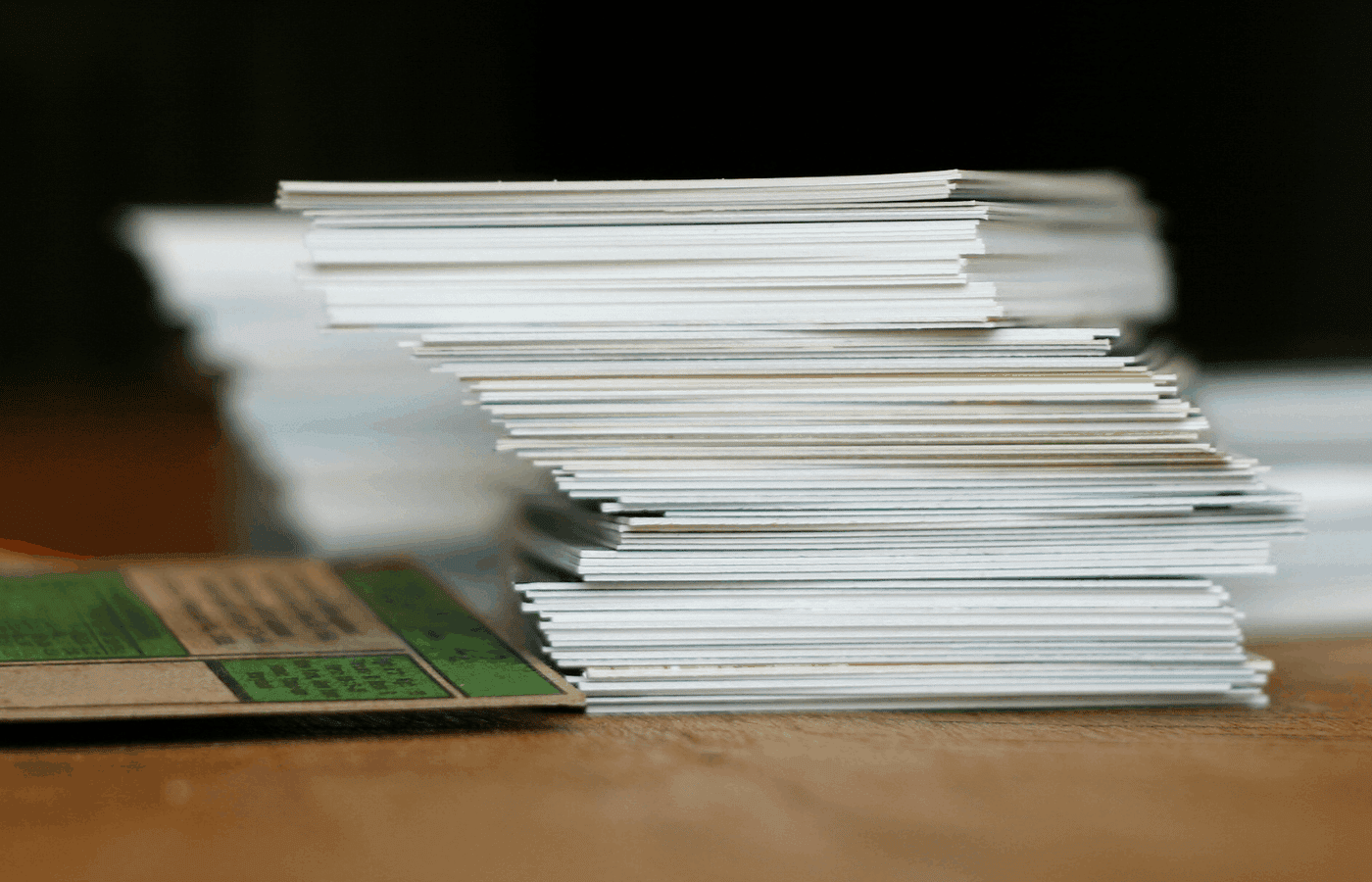A huge part of baseball card collecting centers on condition. There are large companies such as PSA (Professional Sports Authenticator) and Beckett that offer professional services to grade cards, which increases their value on the secondary market.
One aspect of a card’s condition has to do with its surface, in particular, if it features any creases. In response, some collectors and sellers are tempted to press their cards to help diminish the crease’s appearance, but can baseball cards be pressed?
While anyone can press cards, this is considered by many in the baseball card industry to be a bad practice. This article will touch on both how exactly card pressing is achieved, as well as its perception in the baseball card community.
The Screwdown Holder Method
There are different ways that collectors and sellers press cards. One way that seems harmless is the “screwdown” holder. These thick slabs of Lucite have holes in all four corners so that the two sides can be screwed together.
Unfortunately, these holders, meant to protect cards, have ended up ruining many cards because the top layer gets stuck to the holder when the two sides are separated. Moreover, they can smooth out corners, and also create an impression in the surface if dust becomes trapped between the holder and the card surface.
Due to these reasons, the screwdown holder method, which became extremely popular for protecting valuable cards in the 1980s and 1990s, is not recommended.
The Soaking Method
Another method, which seems daunting but is known to produce good results, involves placing a card in water to soak and then pressing it to help reduce the appearance of creases. The process runs something like this:
- Get a flat bowl or lid that’s deeper than the card.
- Pour water (ideally, distilled water) into the container.
- Place the card in all at once and hold it down for around a minute.
- Remove the card from the water and place it between a napkin to help dry the excess water.
- Some then place it between the pages of a large book, but this can lead to card warping and also potentially warp the book’s pages as well. Instead, you can use another napkin or paper towel and place this between two smooth boards with a weight on top.
- Let sit pressed for around an hour and then place between another new napkin or paper towel. Then repeat the previous step.
- Check back after a day—if the card is still moist, repeat the previous step again.
- Eventually, it will be dry, and it should be flat and have a brighter, more colorful look.
The Ironing Method
Lastly, there’s the ironing method.
After placing a heat-safe cloth over the cards—protecting the paper from being burned—set the iron based on the cloth material that you are using. It’s recommended that you avoid fabrics with low heat resistance such as wool, acrylic, nylon, acetate, and spandex.
When using this method, you should avoid using the steam setting as the humidity might cause bending.
Finally, simply iron your card until it is flat. This may take repeated attempts, and it’s recommended that you check roughly every thirty seconds to ensure that you are not damaging the card.
The Industry’s Take

Although these methods can be effective, many people in the industry—particularly collectors—take issue with any kind of manipulation of cards, what is termed “doctoring” or “altering.”
Since the value of cards depends on their scarcity and condition, attempts to restore or improve the condition of a card logically draw a lot of negative criticism from collectors.
Keeping your rare and valuable baseball cards in mint condition is a must if you will be sending them into the PSA for grading. We recommend storing and protecting all your rare cards in top loaders like these by Ultra PRO. They are the industry leader in sports and gaming collectibles accessories.
Trimming
This is one area that seems unanimously detested. Trimming occurs when a card’s edges are cut in order to produce sharper corners.
The problem is that this results in a smaller card, which can easily be verified. To return the card to a larger size after trimming, people will often try to press it to the extent that it enlarges. This, however, will result in a thinner card, which can also be verified under scrutiny.
Pressing
Simply pressing a card is more up to debate. What collectors tend to agree on is that when cards are pressed, or manipulated in any way, this should be disclosed.
This way, as a buyer, you are fully aware that the card has been pressed and will not be under the impression that your purchase is of a totally unaltered card.
However, many collectors recognize that the ultimate value of the card is its aesthetic. They make an analogy with the art world, pointing out that many of the most famous works of art have been professionally restored, and they don’t believe they should be worth any less because of it.
Others make the point that other collectible hobbies, such as comic books and movie posters, not only accept restoration but prefer it.
Card Grading
Another issue lies in the fact that card grading companies, which are also meant to authenticate, can’t necessarily tell the difference when a card has been pressed. They will simply grade it as it comes to them, and it’s hard to blame them as card pressing is usually what’s considered an “undetectable” type of alteration.
Final Thoughts
In general, it seems that most baseball card collectors agree that eliminating a crease for cosmetic purposes for your own collection is perfectly fine—after all, it’s your card and your choice.
The issue is pressing a card in order to sell it at a higher value without disclosing the alteration. This is seen as dishonest and, quite simply, unacceptable.
Ultimately, the pressing of cards remains a gray area in the baseball card community and one that can result in seriously intense debate, with all kinds of comparisons made (e.g. to restored automobiles and works of art). The main thing is to understand what you want to press your cards for and to proceed honestly if you do choose to sell pressed cards.

